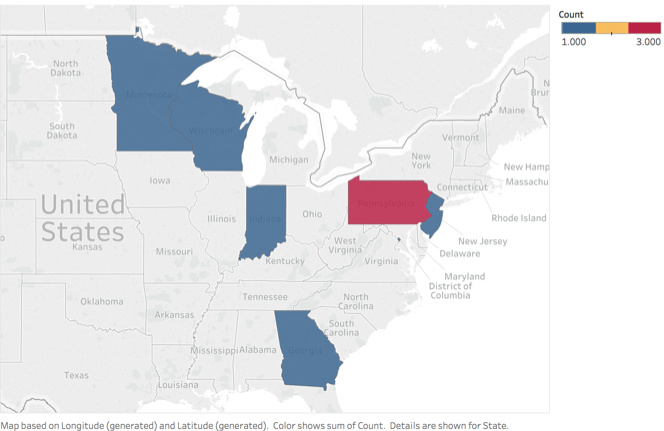According to the 2018 Global NGO Technology Report, over "15% of non-governmental organizations (NGOs) worldwide regularly send text messages to donors and supporters." In addition, "43% of those NGOs use a Text To Give service for SMS fundraising." These trends continue in the United States, with the mGive Foundation's 2015 Text Donation Study finding "that for 46% of donors, giving via text is a preferred method." The most popular SMS campaigns tend to favor urgent crises, with over 65% of donors giving via text supporting disaster relief organizations, followed by health institutions and human services organizations. This particular study also referenced a "Giving Gap" where people who responded that they strongly favored using text as a method of donation rarely followed through with that wish. This led mGive to conclude that "it is likely that many donors are not being given ample opportunity to make text donations."
Given this evidence, there is a want from donors for text-based giving that is not being fulfilled. In fact, both neither non-arts nonprofit organizations (NPOs) and arts NPOS, are near meeting the demand for SMS. The following offers a 'how it works' tutorial, case studies, and survey results of current use in the arts nonprofit fields.
Definition
Short Message Service (SMS) is commonly known as text messaging. While it is mainly used as a form of quick communication between people in everyday life, it has been utilized by nonprofit organizations as a pathway to enhance donor relationships and fundraising. For this report, SMS is defined as the use of short message services on mobile phones, channeled either person-to-person or application to person, to facilitate donations to an organization by either an addition to their phone bill, called Text to Give, or a third-party merchant services, called Text to Donate. Vendors in this pathway include companies such as mGive, OneCause, MobileCause, Txt2Give, and @Pay.
How it Works
There are two main methods of garnering donations through text: Text to Give and Text to Donate. Text to Give is most often used in disaster relief campaigns. The organization finds a host vendor for its campaign and creates a short-code of letters and numbers (i.e. HAITI1) that a donor can text to a 1-800 number to initiate the process. After a donor has texted that code, they receive an automated reply that allows them to select pre-set donation amounts. The selected donation amount will later be added to the donor's next phone bill. That donation, once paid and all processing fees get deducted, are then sent along to the nonprofit.
The second option, Text to Donate, offers both the host organization and donors more flexibility in what information is communicated. Like Text to Give, a host vendor is still chosen, but the generated short-code resembles a word or a phrase (i.e. "Donate"). The phone number is also shorter than in Text to Give and resembles phone numbers received from automated messages (i.e. 95-111). Once the short-code is texted, the donor gets the opportunity to enter his or her donation amount, which is not preset. The organization can also provide donors other options, such as make a recurring gift, or to update their contact information. In the end, once host vendor fees and credit card processing fees are charged, the donation is transferred to the nonprofit organization, usually in the form of a monthly lump-sum check. Donor information is also available through the host vendor's website.
Survey Findings:
In AMT Lab's national survey of emerging digital fundraising pathways, both non-arts and arts NPOs that have tried using SMS seem willing to continue its use. Yet, SMS is the least utilized emerging digital pathway studied in the survey. Both sectors reported mixed results, or results that were not the original goal. This may explain the logic behind continuing to use the tool, even if it is not having its intended effect. However, there are some differences in practice with using SMS. Survey participants using the technology cited reaching new donors as their main intended goal with SMS, while the non-arts nonprofit organizations studied were using it to engage donors already attending events, as well as to reach existing donors who have lapsed in giving. Another similarity in purpose is that both sectors seem to be using it as a tactic to raise annual funds, although with different practices. Arts organizations seem to use it as a pathway for year-round donations, whereas non-arts nonprofit organizations use them to enhance a special event or a strategic campaign.
Overall, SMS was the least used fundraising pathway among the four analyzed with no positive responses from the West Coast survey participants.
Density of Survey Results for Arts Organizations Using SMS.png
it is important to note that the biggest barrier to implement emerging digital fundraising technologies for all survey respondents is lack of experience. Hence, if your organization hasn't tried it yet it might be worthwhile trying it in 2 or 3 different circumstances to see if it can generate additional contributions from either current donors or new donors.
Click here for Part I of Emerging Technology for Fundraising
Click here for Part III of Emerging Technology for FUndraising: Peer to Peer Fundraising


